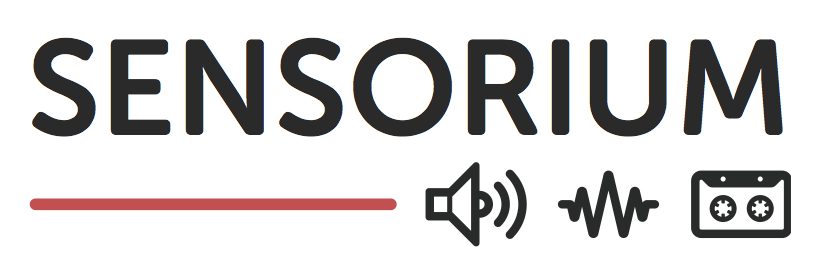Editorial
DOI:
https://doi.org/10.3384/sens.2002-3030.2017.2.5-7Abstract
”Since Sputnik, the planet has become a global theatre under the proscenium arch of man-made satellites. Our psyches acquire thereby a totally new rim-spin.” (Marshall McLuhan, Culture is our business, 1970)
With these words by Marshall McLuhan, you are hereby welcomed to the second issue of Sensorium Journal. This issue includes papers from the Geomedia conference in Karlstad 2017, about skywriting, singing birds, satellites and airplanes. In a media archeological vein, works on (artifical) flatness are featured, the sympoiesis of comic books is discussed and a section is reserveed for reviews of challenging new theoretical titles by Tung-Hui Hu, Anna Tsing and Mark Seltzer.
The essay “Notational Iconicity” by professor of language and media philosophy at Freie Universität, Sybille Krämer, is translated into Danish by our editor Solveig Daugaard. Krämer, who is an honorary doctor at Linköping University, visited Östergötland in 2017 to discuss a series of texts related to her concept of “artifical flatness”, one of which we are proud to present in this issue. Krämer’s strikingly cogent take on some of the foundational questions of media philosophy regarding the intricate relations between thinking, speech and systems of written notation provide an interesting antipole to the somewhat wordier approach of many leading media theorists today. As an artistic spin to the theoretical ideas of Krämer, we confront it with an excerpt from the 1884-novel Flatland by British author and theologian Edwin A. Abbott, originally published under the witty alias “A Square” along with the visual reinterpretation of the novel by Canadian poet Derek Beaulieu from 2007, introduced by Jakob Lien. The featured image in this editorial (above) is from Beaulieus book.
One of the theoretical interests of the editors of this journal is media archaeology. We therefore approached a number of scholars in Scandinavia for this issue, who have worked with the concept, and asked them three questions we ourselves have struggled with. What is media archaeology in their view? How, more concretely have they used the media archaeological framework in their research? And how do they understand the relation between artefact and structure within media archaeology? In addition, we also asked our colleagues in the network to contribute and openly reflect on the same questions. The resultant survey gives the impression of a theoretical framework that – at least in the past decade – has played an intriguing role for media oriented aesthetic thinking in Scandinavia, and still has wide potential for exploration and further development for research in the field.
*
Since the last issue, Sensorium Network has organized two workshops. One on non-human languages in Umeå in 2016, and one on autopoiesis in Linköping in 2017. In addition, preparations have started, for transforming part of Sensorium Journal into a peer reviewed publication in 2018. The journal will still be a place for collective writing and artistic contributions but will in addition feature a section of articles that have gone through a double blind referee process. Make no mistake! The idea behind the journal is still the same; the mixture of peer reviewed articles and the more open main section of the journal is meant to mirror the collaborative idea behind Sensorium.
The change in the structure of the journal also bear with it some very intriguing news: From the next issue on, Sensorium Journal will be equipped with a scientific board, whose members will be announced later this fall, as well as three new editors: Jenny Jarlsdotter Wikström is a doctoral student in comparative literature and gender studies at Umeå University, Johan Fredrikzon is a doctoral student in history of ideas at Stockholm University, and Per Isreaelson recently defended his thesis on the media ecologies of fantastic in literary history. We expect lots of fun, sharp and lively discussion as well as new initiatives to spring from their involvement as editors of the journal.
Enjoy Sensorium Journal 2!
##submission.downloads##
Publicerad
Nummer
Sektion
Licens
Copyright (c) 2017 Jakob Lien, Solveig Daugaard, Ragnild Lome

Detta verk är licensierat under en Creative Commons Erkännande-Ickekommersiell-IngaBearbetningar 4.0 Internationell-licens.





